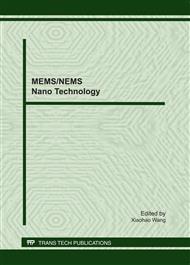p.750
p.755
p.760
p.765
p.770
p.775
p.779
p.784
p.789
Patterns of Skylight Polarization at Different Atmospheric Conditions
Abstract:
A skylight polarization measurement system has been designed. With the measurement system, the patterns of skylight polarization measured at four kinds of atmospheric conditions at the spectral range 450~475 nm are presented. It is obvious that qualitatively the patterns of skylight polarization in sunny skies are in agreement with Rayleigh model. The stronger atmospheric turbidity, the greater disturbance to the patterns of skylight polarization appears in the atmosphere. The cloudy sky has terrible patterns of skylight polarization, this is mainly because it is overclouded and the sunlight is occluded completely. The degree of the skylight polarization P and the angle of the skylight polarization χ are the greatest in the clear sky. However, some meteorologic factors can disturb the polarized characteristics of skylight. Cloud layer and dust decrease P of skylight polarization and disturb χ of skylight polarization at different atmospheric conditions.
Info:
Periodical:
Pages:
770-774
Citation:
Online since:
June 2011
Authors:
Price:
Сopyright:
© 2011 Trans Tech Publications Ltd. All Rights Reserved
Share:
Citation:


